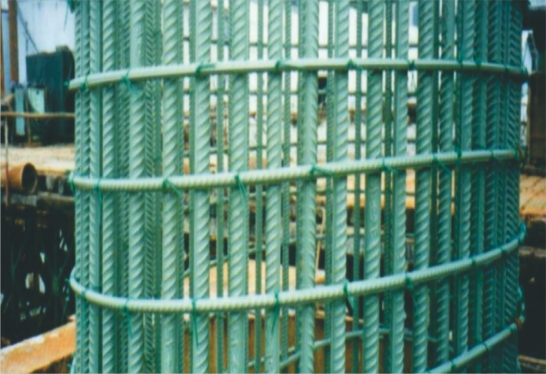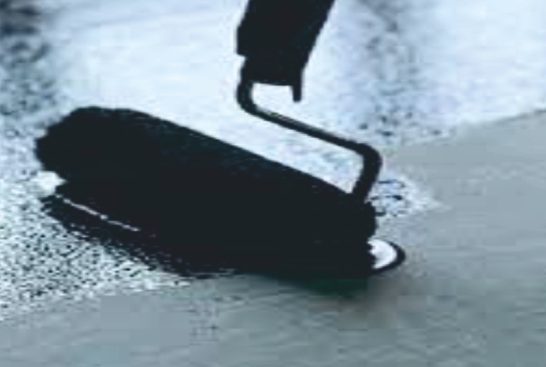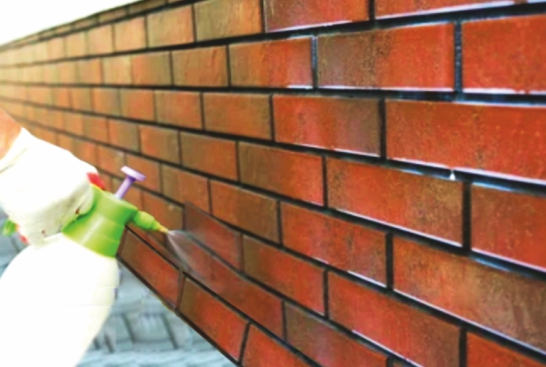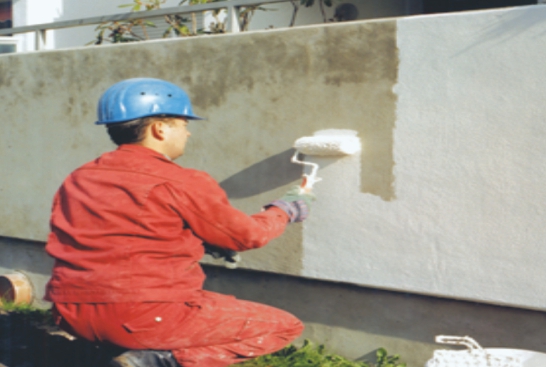Protective Coating
At Redwop Chemicals, we provides advanced Protective Coating solutions that shield surfaces from damage and enhance durability. Our range includes anticorrosive paints, epoxy coating, and coal tar epoxy, designed for industrial and construction applications. We also provide anti-carbonation and silicone-based coating products, ensuring long-lasting protection against harsh environmental conditions.
Redwop Protective Coating is a high-performance, solvent-free polymer-modified finish designed to protect concrete, masonry, stone, and metal surfaces. With outstanding resistance to water, solvents, abrasion, and UV, it forms a durable, flexible film that extends substrate life under harsh conditions—whether industrial, commercial, or residential.
Ideal Applications
Use it on rooftops, terraces, retaining walls, facades, chimneys, basements, and parking decks where moisture or chemical exposure is significant. It seals surfaces on concrete tanks, industrial floors, structural steel, and masonry—making it perfect for civil infrastructure, manufacturing facilities, and decorative architectural finishes.
Application Guide
Begin by thoroughly cleaning and repairing substrates—remove dust, oil, loose particles, and defective patches. Prime bare concrete or metal if required. Mix two components (if applicable) per instructions, stir until uniform, and briefly allow release of air bubbles. Apply two coats at 0.5–1 mm each using a roller or brush, allowing 4–6 hours between them, until a continuous film is formed. Cure for 24 hours before light foot traffic and 7 days for full resistance. Clean tools with safe solvents before drying.
Key Features & Benefits
Redwop Protective Coating delivers a blend of flexibility and toughness, accommodating substrate movement while resisting chemical attack, water ingress, and abrasion. With excellent adhesion to diverse materials, it forms a seamless, weather-resistant barrier. Its low-VOC, non-yellowing formula ensures a clean finish, making it both eco-friendly and long-lasting. Ideal for enhancing aesthetics while safeguarding the structure.
FAQ's
Protective coatings are used to safeguard surfaces against corrosion, weathering, and chemical damage, extending the lifespan of structures and equipment.
Our products, including anticorrosive paints and epoxy coating, are formulated with cutting-edge technology to provide superior protection and durability.
An anti-carbonation coating prevents the ingress of carbon dioxide and water, protecting concrete from degradation and corrosion.
Coal tar epoxy offers exceptional resistance to water and chemicals, making it ideal for protecting steel and concrete structures in harsh environments.
Our silicone-based coating provides excellent resistance to UV rays, extreme temperatures, and moisture, ensuring long-lasting performance.
Waterproof coating specifically prevents water ingress. Protective coatings offer broader protection including against weather, UV rays, chemicals, carbonation, and abrasion.
Yes. Clean the surface thoroughly and remove loose particles or previous coatings. Use a primer if needed, then apply the protective coating in 2 layers.
Absolutely. Most quality protective coatings like Redwop's are UV-resistant, heat-reflective, and moisture-tolerant—perfect for Indian weather conditions.
Yes. Protective coatings reduce carbonation by acting as a barrier against CO₂ and moisture, which helps prevent steel reinforcement corrosion.
Depending on the type (PU, epoxy, acrylic) and exposure conditions, it can last 5 to 10 years or more with proper maintenance.
No. The surface must be dry and free from water or oil for proper adhesion and performance.
It’s typically applied using a brush, roller, or spray gun in two coats. Primer may be used for better adhesion on porous or metal surfaces.
Only if the coating is certified non-toxic and potable-water safe. Redwop’s certified protective coatings are safe for internal water tank applications.
Yes, especially epoxy- or PU-based coatings provide excellent resistance to acids, alkalis, and industrial chemicals.
Yes, protective coatings can be painted over, but it depends on the type. Acrylic-based coatings are often tintable with water-based pigments and can be top-coated with compatible paints for aesthetic finishes. However, epoxy and PU coatings require specific primers or inter-coats if additional paint is needed. Always check compatibility before applying a finish coat.







